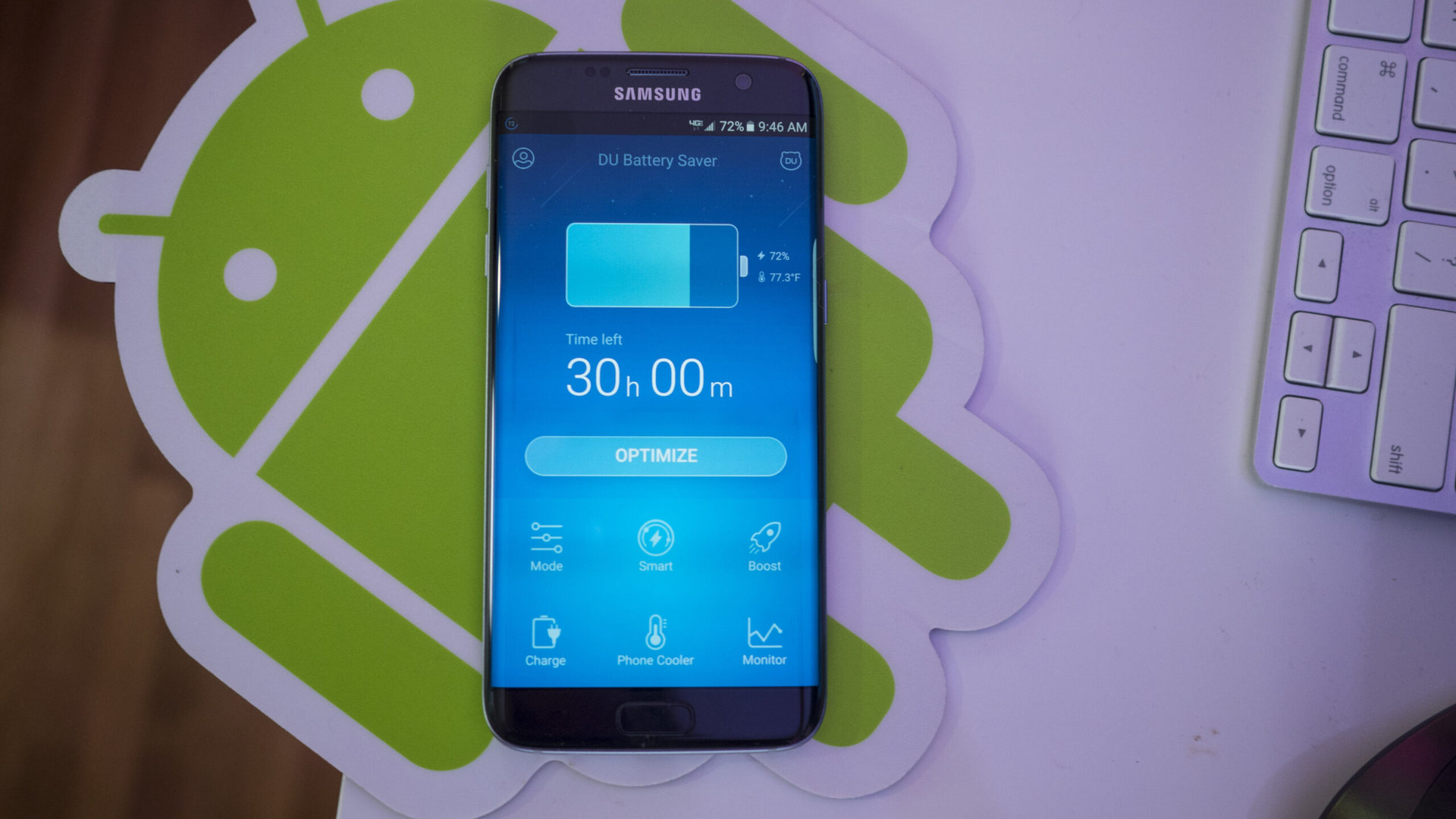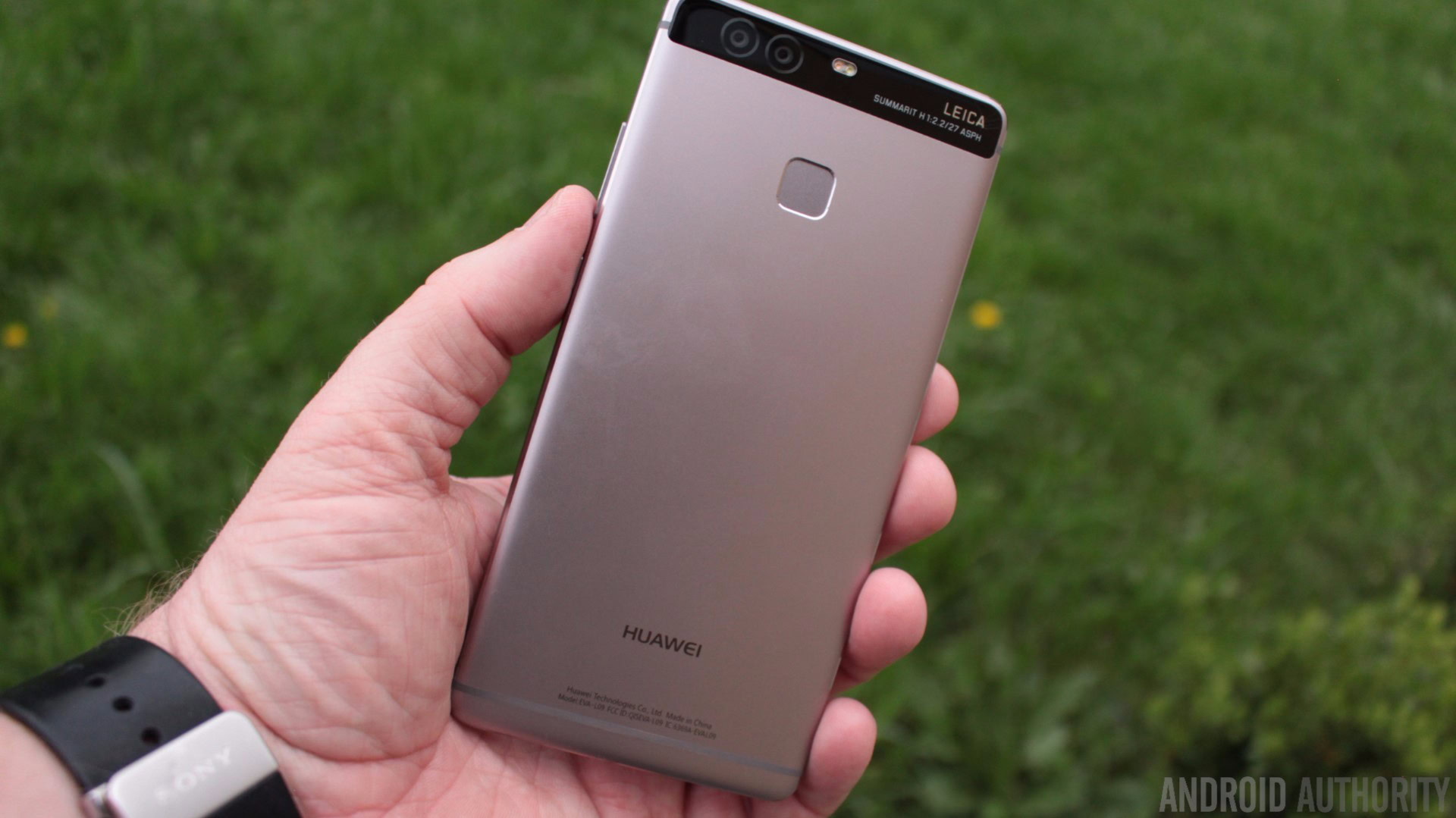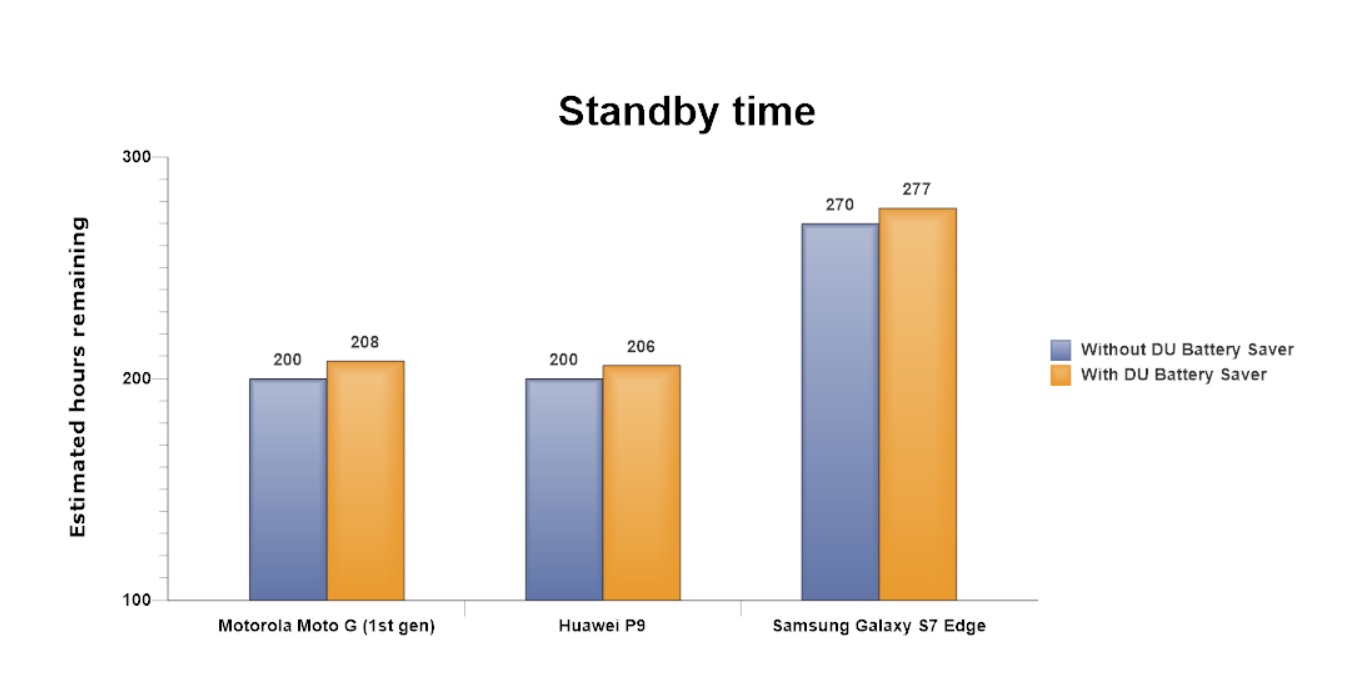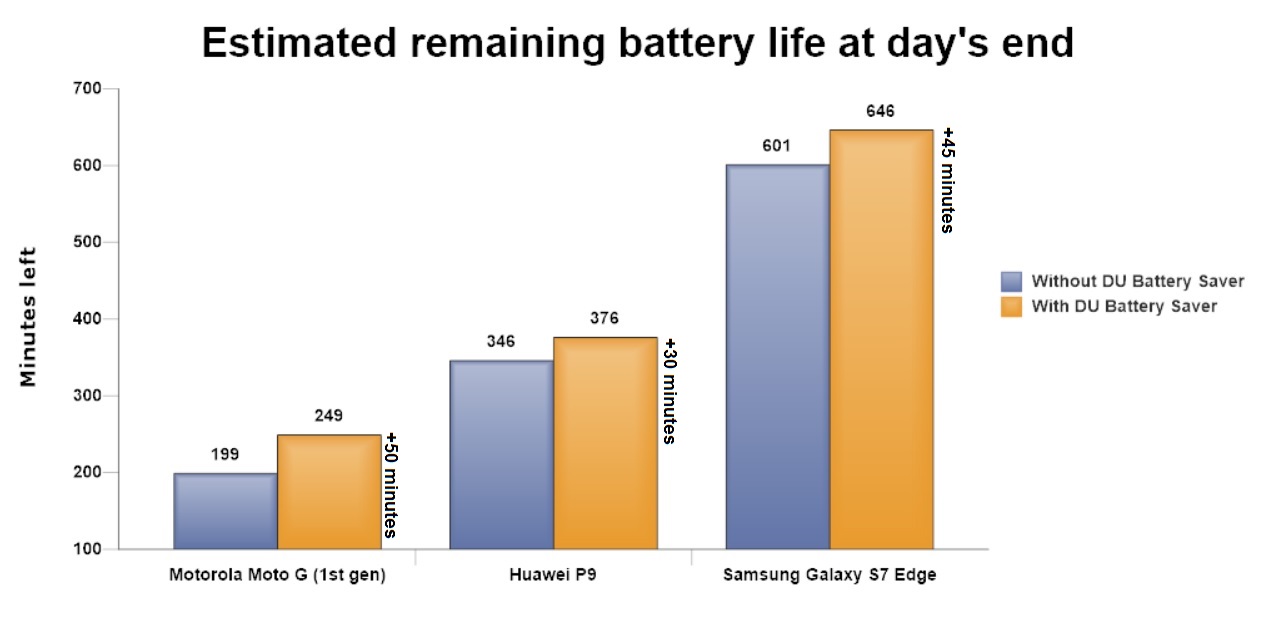Affiliate links on Android Authority may earn us a commission. Learn more.
How well does DU Battery Saver actually work?
June 15, 2016

Smartphones have evolved significantly over the last several years. In 2016, we see devices that offer multi-core processors with several gigs of RAM, QHD and even higher resolution displays, new security methods like fingerprint scanners, and the list goes on. Unfortunately, battery technology hasn’t evolved at the same rate as the rest.
To get over the battery life dilemma, today’s smartphones tend to simply shove in the largest battery possible without making the phone too thick, in combination with quick charging so we can top them off a bit faster. As a result, we are seeing a growing number of handsets that can easily make it through a typical day with at least a little battery life to spare. Of course, we’re always looking to eke out even more battery juice from our phones, and that’s where battery saving apps come into play, promising to greatly expand a phone’s overall battery life. The big question on our minds is whether or not they really do what they claim.
There are no shortage of battery life apps out there, but today we are focusing on DU Battery Saver, one of the better known battery life extender apps on the market. We’ve seen a number of articles that say this app does a great job, but there’s little data to quantify the results. In this article, we attempt to do just that.
How apps like DU Battery Saver are supposed to work
Before we talk about the tests we conducted using the app, let’s talk a little bit about what DU Battery Saver is, and how it works. DU Battery Saver is a free to use app that is designed to help users make the most out of their phone’s battery life.
Upon starting up DU Battery Saver for the first time, you’re presented with a main page that tells you how much battery life you have left and you are given a number of different options including Mode, Smart, Boost, Charge, Phone Cooler, and Monitor. There’s also a gigantic “Optimize” button that looks for problem apps and optimizes background processes to extend your battery life just that extra smidgen more. Probably one of the most useful options on this page, aside from the optimize feature, is the ability to change your battery saving mode.
After clicking “Mode” you are given several different battery life profiles with the default being “my mode”, which has all the app’s recommended settings but can be further configured to your desire. There’s also a sleep mode, a general mode, a prolong mode, and the ability to further make and save custom modes. That’s just scratching the surface on what you can do with DU Battery Saver, though.
Honestly, DU Battery Saver is packed with so many features an entire article could be devoted just to that subject alone, and so we encourage readers to check out the app for themselves and do a little digging. That said, the real catch of the battery saver is, obviously, its ability to save battery life!
DU Battery Saver does a number of things that help you optimize your battery life, such as shutting down apps that are over syncing and causing excessive battery drain, turning down brightness, changing display timeout settings, turning off functions like Bluetooth when not in use, and so much more. Some of these things are initiated from the app manually, while others are automatic and based the power saving modes you use. In a nutshell, how much DU Battery Saver disables in the name of saving battery life is up to you.
For these tests, we tended to keep things pretty “out of the box”, using the default power saving mode, albeit with Bluetooth turned off as well. We did tend to utilize the optimize button a few times a day, however.
The test subjects

For our DU Battery Saver test, we wanted to pick three devices that offered very different chipsets, as well as catered at different price ranges. For that reason we picked the now several year old Qualcomm Snapdragon 400-powered Moto G LTE to represent the budget end of the spectrum. For the mid-to-high range flagship we brought the Kirin-powered HUAWEI P9 to play. And lastly, on the highest end of the spectrum, there was the Exynos-based Samsung Galaxy S7 Edge.
The way our testing process worked was that we had two phases. In the first phase, we used the phone for a few days without any battery saving apps installed. In the second phase, we installed DU Battery Saver and again ran the phone for a few days. For both phases, we ran the same three tests. As for our results? Let’s jump right in and take a look.
Test 1: Screen on Time

In the first test, we charged the phones to 100% and installed a simple APK that ran all day to see how long battery life would last with constant, continuous use (web browsing, in this case). Once the battery was drained completely, we collected the results.
We’ll be honest, we didn’t expect to see much here. After all, most of what a battery saver app does is shut down background processes, which has more to do with extending standby time. But apparently turning off Bluetooth, dialing back brightness, and other tweaks do in fact help even with extending screen on time — at least marginally. Each of the phones saw an extension of roughly 10 to 20 minutes of screen on time, with the only change being the installation and configuration of DU Battery Saver. While that’s not a ton of difference, it’s still worth noting.
It’s the second test where things become much more noticeable, however.
Test 2: Maximum Standby time

For this next test we charged each up phone to 100% and turned on Wi-Fi for all three devices. We insured all devices had essentially the same set of apps syncing data in the background, and the same notifications being pushed to the devices in question. After 24 hours, we looked at what battery life remained and used this data to extrapolate what the maximum standby time would look like.
The results indicated that battery life had been extended by at least several hours for all three devices. The Samsung Galaxy S7 Edge went from 11 days and 6 hours without DU Battery Saver to 11 days and 13 hours with it onboard. That’s a pretty big gain. Similar results were seen with the the HUAWEI P9’s maximum standby time, extended by 6 hours, and the Motorola Moto G standby time, extended by a 8 hours.
Test 3: Remaining estimated battery life at end of day

In the third test, we simply used all three phones as a typical user would. This means we woke up, took the phones off the charger and used them with a combination of YouTube watching, gaming, web browsing, messaging, camera shooting, and more. Before bedtime, we looked at the estimated battery life that the phones had left. We did this for each of the phones for three days with DU Battery Saver, and 3 days each without DU Battery saver. The goal here was to try give the most accurate recording possible by averaging the results together.
This final test is probably the least scientific, since results can vary depending on what apps you use, what movies you watched, and so forth. Despite this, it is arguably the most important of the metrics we conducted, because it’s less about maxing out your screen on time, or just seeing how long the phone can run uninterrupted, and more about what kind of results a typical user might actually see when operating the phone ‘normally’. In our case, that meant using the phone for roughly 4 to 5 hours of screen on time with very mixed and varied app usage.
Our verdict? Averaging all three days that we used DU Battery Saver, we found that the estimated battery life remaining was about 50 minutes longer for the Moto G than it was on days we didn’t have the app installed. The HUAWEI P9 saw slightly less impressive results of about 30 minutes, likely because HUAWEI already has some pretty aggressive battery modes pre-installed. Finally, the Samsung Galaxy S7 Edge saw a 45 minute increase in remaining estimated battery life.
The takeaway
As you can see, where the DU Battery Saver app seems to make the most difference is when your phone’s screen is off and it’s simply “thinking” in the background. During those times, DU Battery Saver helps regulate what apps are allowed to do this thinking, helping save some battery juice. That said, even during active use, it seems that Battery Saver does still influence overall battery performance.
Now it’s important to note, that in real world use, results are going to vary significantly. Like we said earlier, there are so many factors that can influence battery life from the apps we use and install, to how obsessively we check our phone. Even how you use DU Battery Saver’s settings and how often you do stuff like hit optimize can make a big difference. However, probably the most important takeaway is that DU Battery Saver does produce tangible results, despite what some critics of battery saver apps might suggest.
Sure, not all use cases will see as much benefit. Power users in particular will likely find that their constant use of the phone means that DU Battery Saver is able to do less to optimize things in the background. That said, if you’re a light to average smartphone user, DU Battery Saver is really worth checking out and can add hours of battery life to your phone experience throughout the course of your average week.